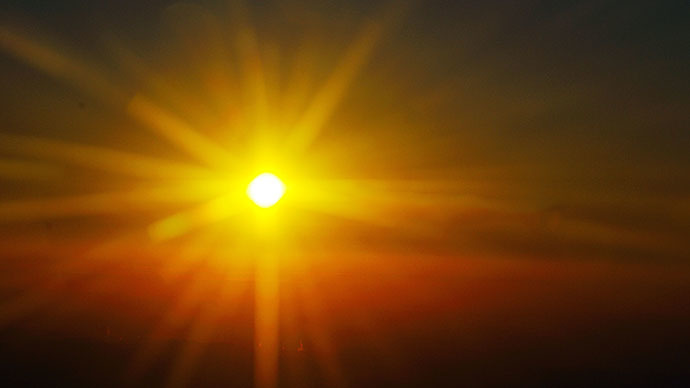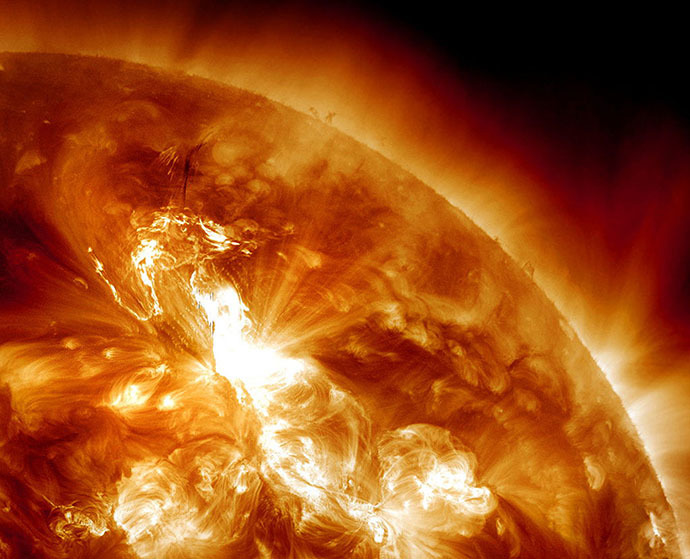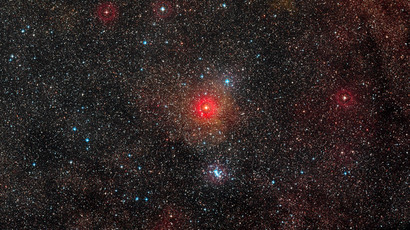‘Sibling’ sun found 110 light yrs from Earth

The sun could have a sibling according to researchers at the University of Texas, who believe the star was born from the same cloud of gas as our sun. It is hoped this could give astronomers fresh insights into how life on earth started.
The study was conducted by astronomer Ivan Ramirez, based at the University of Texas, who says that the star is 110 light years away from Earth.
"We want to know where we were born," Ramirez said in a statement announcing his discovery. "If we can figure out in what part of the galaxy the sun formed, we can constrain conditions on the early solar system. That could help us understand why we are here."
The solar sibling, named HD 162826 by the team that made the discovery, is 15 percent larger than the sun and can be found in the constellation Hercules. It can be seen with the aid of binoculars and is not far from the bright star Vega.
Ramirez and his team studied 30 stars that other astronomers believed could be potential solar siblings. He managed to narrow down the list by analyzing the orbit and chemical make-up of each star. His team also included information about the stars' orbits, where they had been and where they are going in their paths around the center of the Milky Way. After taking all this data into account, they were able to pin point HD 162862 as the sun’s sibling star.
The next step will be to try and find if the star has any planets in its orbit which could support life forms.

There is a chance, "small, but not zero," Ramirez said, that these solar sibling stars could host planets that have life on them. In their earliest days within their birth cluster, he explains, collisions could have knocked chunks off of planets, and these fragments could have traveled between solar systems, and perhaps even may have been responsible for bringing primitive life to Earth.
"So it could be argued that solar siblings are key candidates in the search for extraterrestrial life," Ramirez said.
Ramirez said that observatory teams have been monitoring HD 162682 for more than 15 years. However, studies by The University of Texas' Michael Endl and William Cochran, together with calculations by Rob Wittenmyer of the University of New South Wales, have ruled out any massive planets orbiting close to the star (so-called hot Jupiters), and indicate that it's unlikely that a Jupiter analog orbits the star. The studies do not rule out the presence of smaller terrestrial planets.
The finding of a single solar sibling is intriguing, but Ramirez points out the project has a larger purpose, which could create a road map for how to identify solar siblings, in preparation for the flood of data expected soon from surveys such as Gaia, the European Space Agency mission to create the largest and most precise 3D map of the Milky Way.
Ramirez's findings are due to published in the June 1 issue of The Astrophysical Journal.














